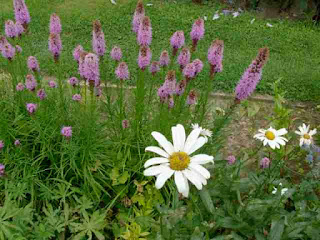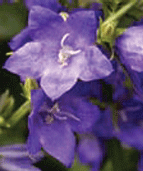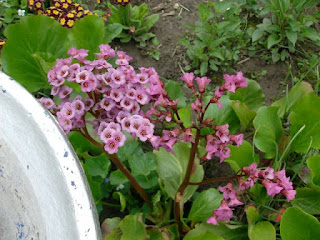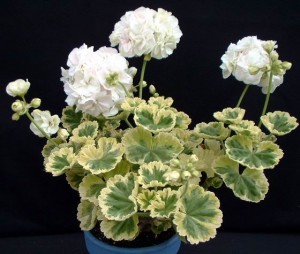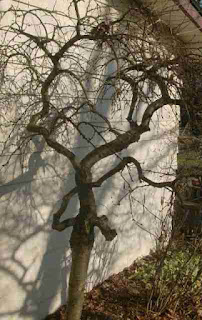Variegated foliage can add color and interest to a shade garden because of their stripes, patterns, spots, streaks, veining or frilly edges. Their are many types of plants like shrubs, trees, herbs, annuals and perennials that all have different kinds of variegated foliage. They can add light to a dark shady spot or be planted in amongst darker plain leafy plants.
MINT: Some mints have splashes or edges of white, some have dark veins that make them stand out. Apple mint, pineapple mint, salvia or sage, thyme and oregano all come with interesting variegated leaves.
TREES and shrubs like Dogwood and Maple, as well as shrubs like Laurel, Barberry, Euonymus, Box, and Ivy all have some type of variegated form. They tend to be smaller in size but don’t grow as vigorously as the plain leaf varieties often do.
ANNUAL plants are usually grown indoors for house plants and many are varieties are available in variegated form. Swedish ivy, pathos, coleus, scented geraniums, citrus trees, impatience, and African daisy are all good ones to try both indoors and out.
Perennials include the ornamental grasses, ground covers, and herbaceous non woody plants that all return every year to form large clumps and then die back in winter. Ribbon grass, moor grass, cord grass, and zebra grass add height and have stripes or banding on the foliage. Streaked and spotted plants like lungwort, figwort, goutweed, and lily of the valley are all catch the attention and brighten up your yard. Sedum, daylily, giant iris add cottage garden charm and height with colors of yellow, gold and white.









